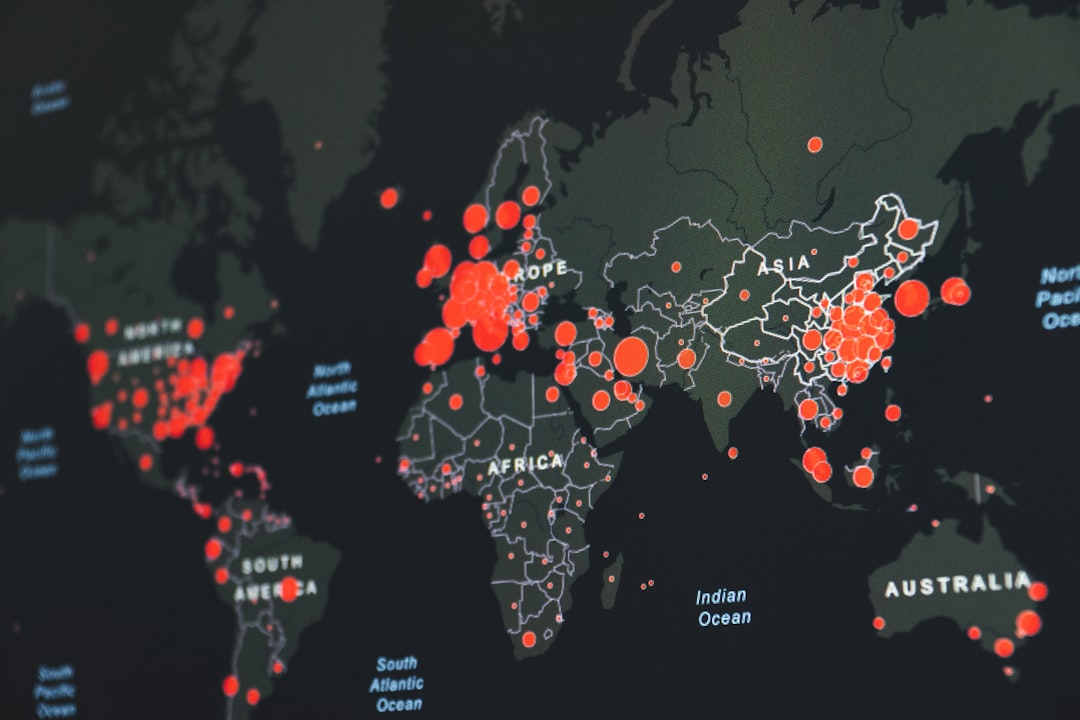What is it about?
The manuscript illustrates how pure venom can be obtained from live arthropods by trivial centrifugation, and a rapid, non-destructive possibility of using a tabletop spectrophotometer (such as the popular 'Nanodrop') in analysing the purity and overall chemical quality of the obtained extract. GC-MS chromatograms are used in parallel as to track the detected compounds, though this equipment is not necessary for the simpler analysis.
Featured Image

Photo by M. B. M. on Unsplash
Why is it important?
Significant biotechnological discovery rely on shortcutting the distances involved in multidisciplinary research. Researchers who venture into interdisciplinary investigation frequently face technical difficulties in achieving final results, as the communication between specialists from different backgrounds is frequently broken. The manuscript deals with exactly that. The tabletop spectrophotometer Nanodrop has quickly grown popular amongst molecular biology labs, who seldom engage in analysing samples not related to DNA/RNA extractions. On the other hand, biochemists are typically isolated from field biologists, which is one of the main obstacles delaying venom research -- given that freshly-milked venom is needed, and obtaining pure venom can be a challenge for the average benchtop-glassware uptight researcher. The methods herein described are so simple and straightforward they will empower any non-specialist into quickly evaluating natural secretion extracts. Adaptation possibilities are endless.
Perspectives
During a solitary period in the lab when all colleagues were gone on a long holiday, I had plenty of time to look at my insect colonies and lab equipment... and think. Milking venom from small arthropods is a constant challenge. Imagine milking pure venom off ants which are smaller than half a thumbnail. Suddenly I had an insight, and was surprised to discover ants will spill their venom while attacking a metal grid during gentle centrifugation (see linked associated paper). How could this have escaped previous colleagues working on fire ant venom? Still, the question about purity of my samples remained: did it contain insect hemolymph? Immediately I found out that centrifugation could be also used to extract hemolymph from venom-free ants. And we happened to have synthetic venom in the fridge. Presto: two standards that could be logically used in assessing a natura extract by direct spectrophotometry! Which is the equipment specifically designed for spectrophotometric analyses of microlitre-scale samples? This was the inspiration for the present publications. The possibilities for the combined methods are endless. Fast honey quality evaluation? Blood sampling from small tissues, vertebrates? I hope my paper brings up further insights by others.
Dr Eduardo G P Fox
IBCCF / UFRJ
Read the Original
This page is a summary of: Gas-chromatography and UV-spectroscopy of Hymenoptera venoms obtained by trivial centrifugation, Data in Brief, June 2018, Elsevier,
DOI: 10.1016/j.dib.2018.03.101.
You can read the full text:
Resources
Associated Paper: Speedy milking of Fresh Venom from Aculeate Hymenopterans
The method is employed in analysing the alkaloidal content of freshly-extracted fire ant venom.
Associated Raw Data from Venom Analysis: Venom Sampling via Trivial Centrifugation
Raw data and background information regarding a physicochemical analysis of an arthropod venom extract employing the described methods.
Online discussion about the method feasibility prior to experiments
Clearly biologists are reluctant in adapting methods and machinery to different applications.
Contributors
The following have contributed to this page










